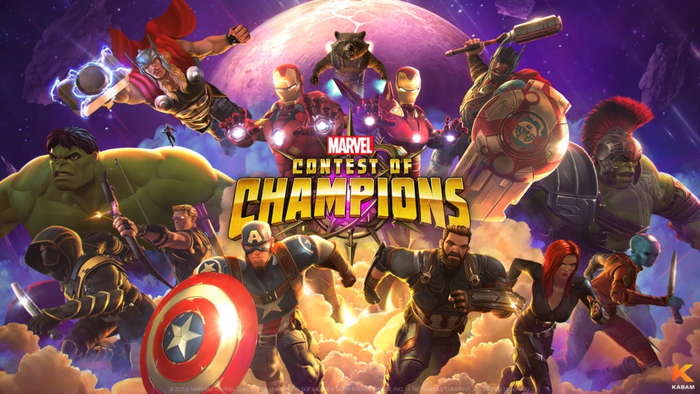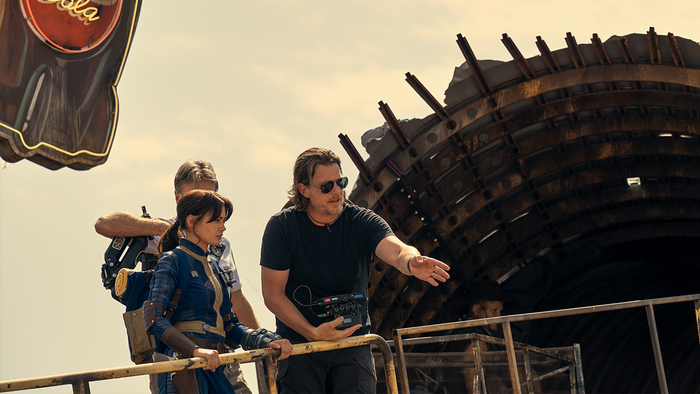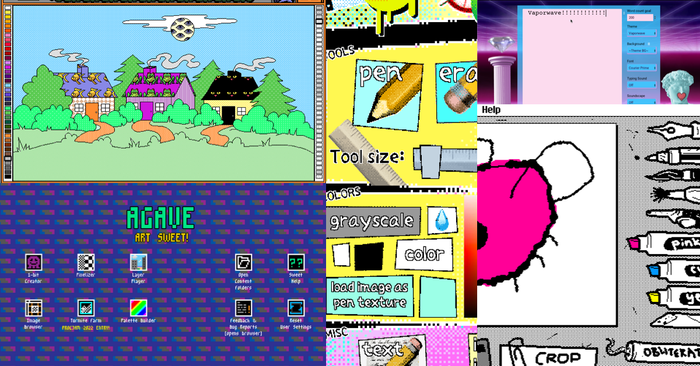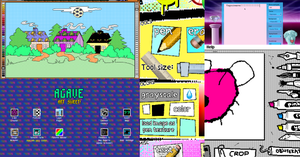In a talk at GDC, art director Yoshiaki Yamaguchi explained how the keyword for Gravity Rush was "living background," and how players need to feel connected to the world to truly inhabit it.

In a talk at GDC, art director Yoshiaki Yamaguchi explained how the keyword for Gravity Rush was "living background," and how players need to feel connected to the world to truly inhabit it. In the PlayStation Vita game, which releases in the West this June, the main character can control gravity, allowing her to freely navigate the game's open world environment and stand on any surface. "Since you're able to stand on any location in the environment it motivates you to view the terrain from any angle," says Yamaguchi. "This approach that we took is almost the opposite of level designing, where everything is calculated and the player is left to follow the path that was created in the creator's head." To this end, the developers had to make sure that the players were immersed in the world and really paying attention to it. The goal, he says, was "creating a sense that the character actually exists in that space, rather than trying to capture the art in the game as a picture." "The concept is to make the user feel like there's an actual world that exists here." If you do that, he says, "the users feel like they're actually part of a world." If the background does not continuously convey information to the player, says Yamaguchi, players will "start to ignore their surroundings." "As soon as the player thinks that the background is just a picture, they stop consciously thinking about it," says Yamaguchi. "It's a shame and a waste for the environment to just be a piece of art." To achieve this, he says, you "have to make sure the game designers are on board to communicate effectively with the environment artists." "From the beginning we pushed for an open world," said the art director, even though they weren't sure "if that was going to be technically feasible." Getting the design team on board for designing the gravity element of the game was important, as they had to "think about what structural elements are needed." Meanwhile, the art team had to "define the user experience -- what visuals would best achieve that," says Yamaguchi. The challenge was to manage "how that all ties in with gameplay." "These elements were all connected and we could see our path," he says. "In order to get to that point we had a lot of communication going back and forth between the tech and the art team." Rather than a truly realistic world, "we crafted this atmospheric simulation with painterly characteristics to give it more of a natural feel," he says. This would allow the player to experience the world more emotively. And since it's a potentially confusing game with full 3D navigation, "there are also lines in the background to provide information that will hopefully be registered by the player," says Yamaguchi.
Read more about:
event gdcAbout the Author(s)
You May Also Like








